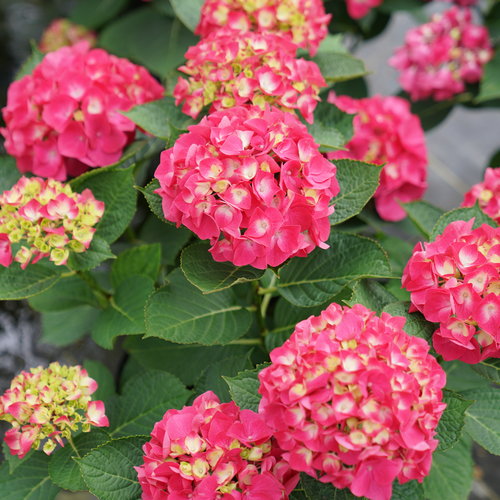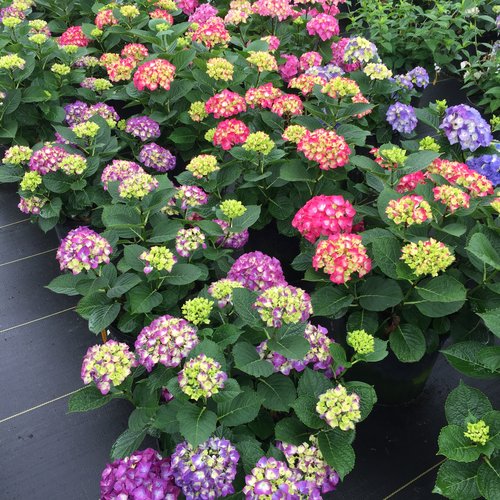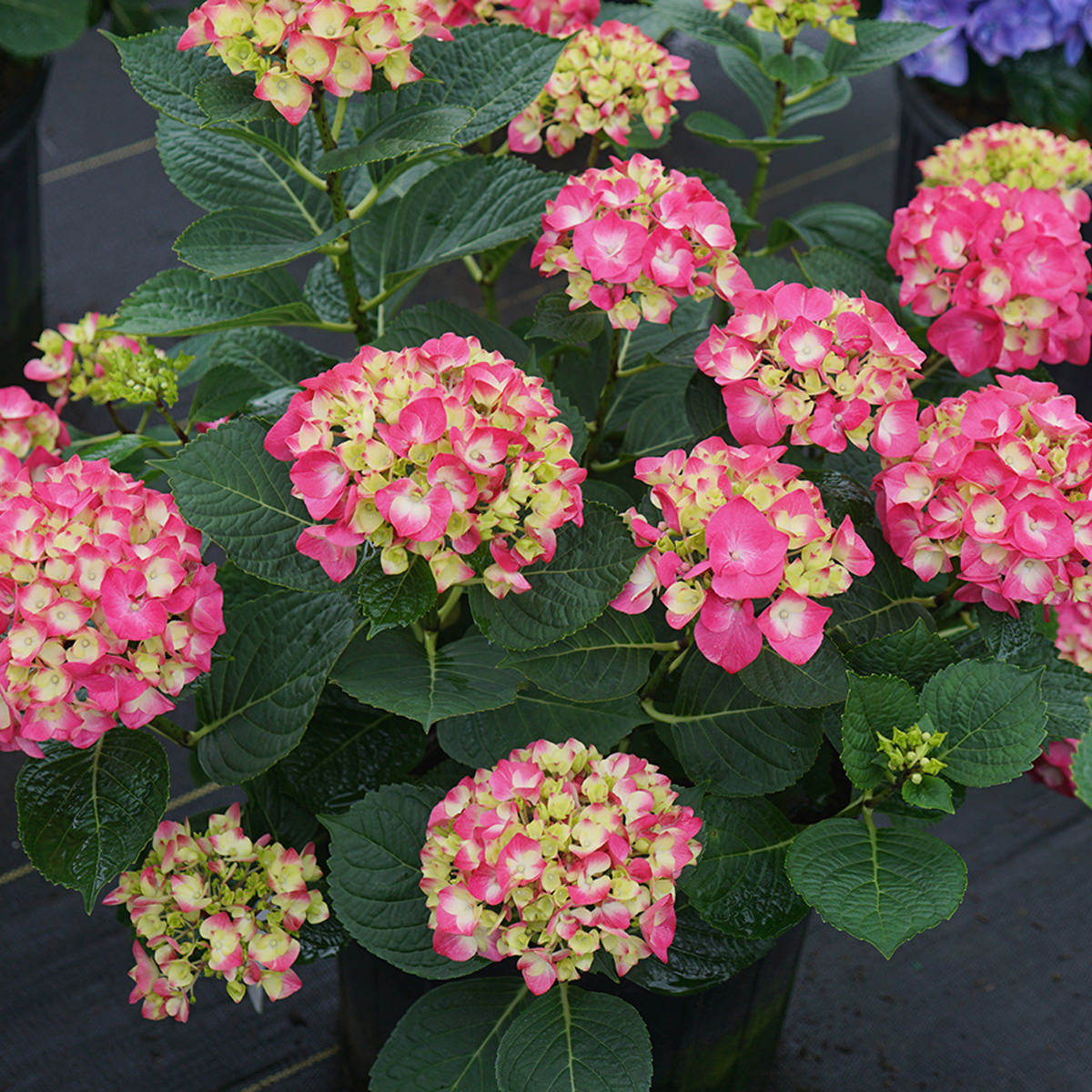Wee Bit Giddy Hydrangea: The Quirky Flower That's Sure To
Wee Bit Giddy Hydrangea: The Quirky Flower That's Sure to Bring a Smile
The Wee Bit Giddy Hydrangea is a unique and quirky flower that is sure to bring a smile to your face. With its bright pink and white blooms, this flower is sure to stand out in your garden. But what makes the Wee Bit Giddy Hydrangea so special is its personality. These flowers are known for their whimsical and playful nature. They often have a slightly crooked or off-kilter appearance, which only adds to their charm.
If you're looking for a flower that is both beautiful and fun, then the Wee Bit Giddy Hydrangea is the perfect choice for you. These flowers are relatively easy to care for, and they will thrive in most gardens. With a little bit of TLC, your Wee Bit Giddy Hydrangeas will be sure to bring you years of enjoyment.
Here are some of the reasons why you'll love the Wee Bit Giddy Hydrangea:
- They are incredibly unique and eye-catching.
- They are relatively easy to care for.
- They are hardy and can tolerate a wide range of conditions.
- They bloom for a long period of time, from early summer to late fall.
- They are a great addition to any garden, but they are especially well-suited for cottage gardens and whimsical flower arrangements.
How to Care for Wee Bit Giddy Hydrangeas
Wee Bit Giddy Hydrangeas are relatively easy to care for. They prefer full sun to partial shade, and they need well-drained soil. Water your Wee Bit Giddy Hydrangeas regularly, especially during the hot summer months. You may need to fertilize them once or twice a year.
Wee Bit Giddy Hydrangeas are hardy in zones 4-9. This means that they can withstand cold winters and hot summers. However, if you live in an area with very cold winters, you may want to protect your Wee Bit Giddy Hydrangeas with a layer of mulch.
Pests and Diseases
Wee Bit Giddy Hydrangeas are generally resistant to pests and diseases. However, they can be susceptible to aphids, scale, and powdery mildew. If you notice any pests or diseases on your Wee Bit Giddy Hydrangeas, you can treat them with an appropriate pesticide or fungicide.
Propagation
Wee Bit Giddy Hydrangeas can be propagated by division or by taking cuttings. To propagate by division, simply dig up a mature plant and divide it into two or more sections. To propagate by cuttings, take a 4-6 inch cutting from a healthy plant and root it in a pot of moist potting mix.
Conclusion
The Wee Bit Giddy Hydrangea is a unique and charming flower that is sure to add a touch of whimsy to your garden. These flowers are relatively easy to care for, and they will thrive in most gardens. With a little bit of TLC, your Wee Bit Giddy Hydrangeas will be sure to bring you years of enjoyment.
The wee bit giddy hydrangea is a beautiful and easy-to-care-for plant that is sure to add a touch of whimsy to your garden. These hydrangeas are known for their bright pink and blue flowers, which bloom in the summer. They are also relatively low-maintenance, requiring only full sun and regular watering.
If you are interested in learning more about the wee bit giddy hydrangea, I recommend visiting Garden Wiki. This website has a wealth of information about this plant, including its history, care instructions, and propagation tips. You can also find photos and videos of the wee bit giddy hydrangea in bloom.
FAQ of wee bit giddy hydrangea
Q: What are the care requirements for Wee Bit Giddy hydrangea?
A: Wee Bit Giddy hydrangea is a hardy plant that can be grown in zones 5-9. It prefers full sun to partial shade, and moist, well-drained soil. The plant should be watered deeply once a week, and fertilized in early spring and late spring. Pruning is not recommended, as this may reduce flowering.
Q: What is the color of Wee Bit Giddy hydrangea blooms?
A: The color of Wee Bit Giddy hydrangea blooms depends on the pH of the soil. In alkaline soil, the blooms will be raspberry pink. In acidic soil, the blooms will be violet.
Q: How do I change the color of the blooms on my Wee Bit Giddy hydrangea?
A: The color of the blooms on your Wee Bit Giddy hydrangea can be changed by adjusting the pH of the soil. To create raspberry pink blooms, the soil pH should be between 7.0 and 7.5. To create violet blooms, the soil pH should be between 5.5 and 6.5.
Q: How do I propagate Wee Bit Giddy hydrangea?
A: Wee Bit Giddy hydrangea can be propagated by division or by cuttings. To propagate by division, carefully dig up a mature plant and divide it into several smaller plants. To propagate by cuttings, take 4-6 inch cuttings from healthy new growth in early spring or late summer. Dip the cuttings in rooting hormone and plant them in a well-draining potting mix. Keep the cuttings moist and in a warm location.
Q: What are some common problems with Wee Bit Giddy hydrangea?
A: Some common problems with Wee Bit Giddy hydrangea include aphids, powdery mildew, and leaf spot. Aphids can be controlled with insecticidal soap or neem oil. Powdery mildew can be controlled by using a fungicide. Leaf spot can be controlled by watering the plant deeply and regularly, and by avoiding overhead watering.
Image of wee bit giddy hydrangea
5 different images of "wee bit giddy hydrangea" from Pinterest:
- Image 1: A close-up of a single Wee Bit Giddy hydrangea flower, showing the delicate pink petals and the dark green foliage.

- Image 2: A full shot of a Wee Bit Giddy hydrangea bush, showing the cascading flowers in shades of pink, blue, and white.

- Image 3: A Wee Bit Giddy hydrangea in full bloom, surrounded by other flowers in the garden.

- Image 4: A Wee Bit Giddy hydrangea in a pot on a patio, with a view of the surrounding trees.
- Image 5: A Wee Bit Giddy hydrangea in a vase on a table, with a few other flowers for contrast.


Post a Comment for "Wee Bit Giddy Hydrangea: The Quirky Flower That's Sure To"